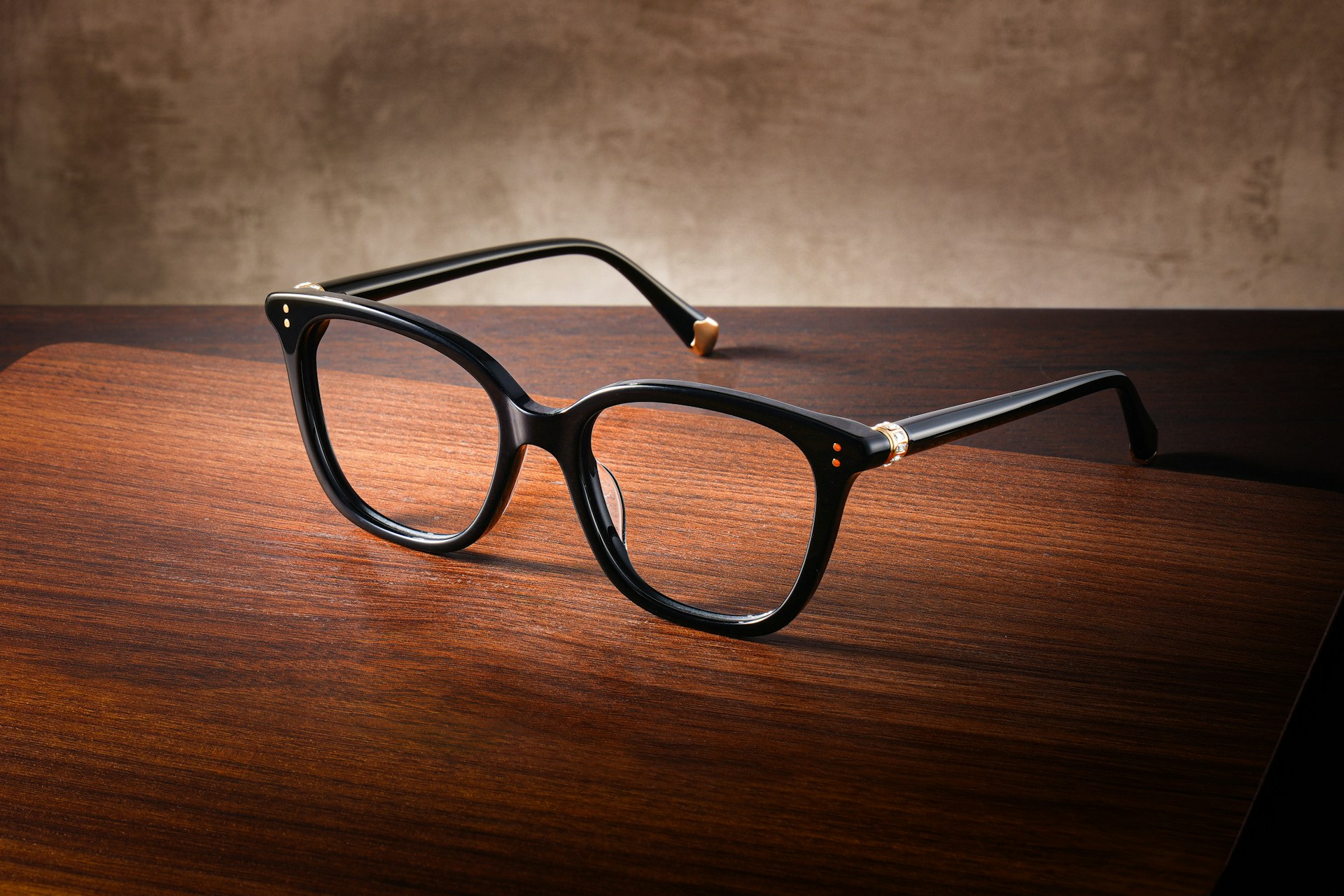
Eyeglasses have done more than just correct vision; they’ve shaped how we see the world—literally and figuratively. From their humble beginnings as crude reading aids to becoming sleek fashion statements, eyeglasses have evolved through centuries of invention, artistry, and cultural influence. Their story reflects human curiosity, creativity, and the constant desire to improve our interactions with our surroundings.
The evolution of eyeglasses is a fascinating journey through science, style, and identity. What began as a tool for scholars has transformed into a global accessory that blends function with flair. Understanding this transformation helps us appreciate how far we’ve come and how our need for vision and self-expression continues to shape design today.
The Origins of Vision Aids in Antiquity
People sought ways to enhance their sight before the first eyeglasses appeared. Ancient civilizations like the Egyptians and Romans experimented with materials such as polished crystal and glass to magnify objects. The earliest known vision aids were “reading stones,” rounded pieces of glass used in the 9th century to enlarge letters on manuscripts. These simple tools laid the groundwork for modern lenses.
The concept of using curved glass to improve vision spread through Europe as literacy and scholarship flourished during the Middle Ages. Monks and scholars spent hours copying texts and relied heavily on these magnifiers. Although these early lenses were far from perfect, they marked a turning point in how humans approached vision correction. For the first time, technology began to compensate for natural limitations, allowing people to work and study longer.
The Birth of Eyeglasses in the 13th Century
The true invention of eyeglasses occurred in Italy around the late 1200s. Historians often credit artisans in Venice or Pisa for creating the first wearable spectacles. These early models featured two small convex lenses connected by a rivet that could balance on the bridge of the nose. They were primarily used by monks and scholars who needed help reading fine print.
Although these first eyeglasses were crude, they represented an extraordinary leap forward. They made knowledge more accessible and extended the productive years of intellectuals. As printing technology advanced in the 15th century, the demand for eyeglasses skyrocketed. Reading became a common pastime, as did the need for vision correction.
By the Renaissance, eyeglasses had become symbols of wisdom and learning. Artists such as Tommaso da Modena even painted scholars wearing spectacles, a visual cue for intelligence and erudition. The concept of eyewear as both functional and symbolic began to take shape, paving the way for centuries of refinement.
Scientific Advances and Changing Lenses
The 17th and 18th centuries brought tremendous progress in optics. Scientists like Johannes Kepler and Isaac Newton made groundbreaking discoveries about light and vision, directly influencing lens design. Convex lenses helped with farsightedness, while concave lenses addressed nearsightedness.
By the 1700s, eyeglasses evolved from simple nose-perched frames to more stable designs with side pieces. Benjamin Franklin, known for his curiosity and ingenuity, invented bifocal lenses in the 1780s, combining two prescriptions in a single lens. This innovation made it easier for people to see near and far without switching glasses.
Around the same time, eyeglasses began to reflect personal taste. Artisans crafted frames from materials like tortoiseshell, silver, and gold. Eyewear became more than a medical device; it was now an item of craftsmanship and subtle style.
The Rise of Mass Production and Modernization
The 19th century marked a significant turning point as eyeglasses entered mass production. Industrialization allowed for affordable, standardized lenses, making vision correction accessible to a broader population. Wire-rim frames became popular, and the pince-nez style—glasses clipped to the nose—was a fashionable choice for both men and women.
By the early 20th century, eyeglasses had shed their stigma as purely medical tools. Hollywood stars began wearing them, influencing trends and reshaping public perception. The combination of functionality and style became inseparable. Round spectacles, like those worn by John Lennon, and cat-eye frames of the 1950s, reflected distinct cultural eras.
The development of new materials, such as plastic and lightweight metals, made glasses more comfortable and durable. Innovations in lens technology, including anti-glare coatings and prescription sunglasses, added to their appeal. Eyeglasses have become an essential in everyday life, not just for clarity but also for confidence.
Eyeglasses as Fashion and Identity
Today, eyeglasses are more than vision aids—they are powerful expressions of personality. Designers and brands have turned eyewear into art, offering endless styles, colors, and shapes. From minimalist rimless designs to bold statement frames, glasses allow people to showcase individuality and creativity.
Social media and celebrity culture have only amplified this trend. Influencers, models, and artists often use eyewear to enhance their image or complete a signature look. The rise of designer collaborations has transformed glasses into high-fashion accessories. Brands like Ray-Ban, Gucci, and Warby Parker have made eyewear synonymous with personal branding.
At the same time, digital technology has sparked innovation in lens design. Blue light filtering lenses help protect eyes from screens, while smart glasses combine vision correction with connectivity. The blend of function and fashion continues to evolve, blurring the line between technology and style.
The Future of Eyeglasses: Innovation Meets Expression
The evolution of eyeglasses shows no sign of slowing down. As technology advances, designers are reimagining what eyewear can be. 3D printing allows for custom-fit frames, while sustainable materials reduce environmental impact. Smart glasses, like those integrated with augmented reality, promise to change how we interact with information and the world around us.
What remains constant is the connection between vision and identity. Eyeglasses continue to serve as tools for clarity and creativity, bridging the practical with the personal. From the Middle Ages scholars to modern trendsetters, eyewear reflects both progress and self-expression.
In many ways, the story of eyeglasses mirrors the human story itself—an ongoing pursuit of improvement, beauty, and understanding. Whether designed for precision or fashion, eyeglasses remind us that how we see the world is as important as how we present ourselves within it.